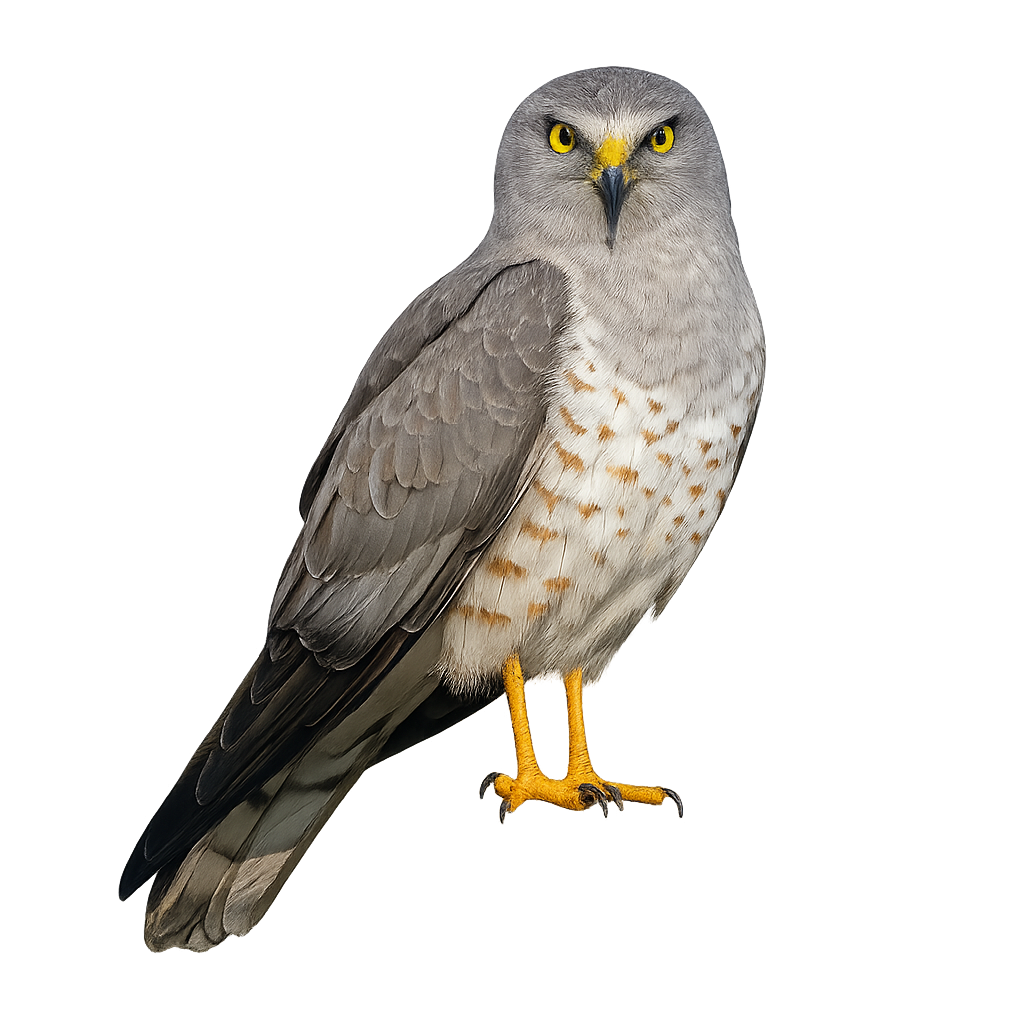Your wildlife photography guide.
Explore the hen harrier in detail, study its behavior, prepare your shots.
Where to observe and photograph the hen harrier in the wild
Learn where and when to spot the hen harrier in the wild, how to identify the species based on distinctive features, and what natural environments it inhabits. The WildlifePhotographer app offers tailored photography tips that reflect the hen harrier’s behavior, helping you capture better wildlife images. Explore the full species profile for key information including description, habitat, active periods, and approach techniques.
Hen Harrier
Scientific name: Circus cyaneus

IUCN Status: Least Concern
Family: ACCIPITRIDAE
Group: Birds
Sensitivity to human approach: Suspicious
Minimum approach distance: 50 m
Courtship display: April to June
Incubation: 29-32 jours
Hatchings: May to July
Habitat:
Wetlands, marshes, and mudflats
Activity period :
Primarily active during the day, with peak activity in the morning and late afternoon.
Identification and description:
The Northern Harrier is a medium-sized raptor, easily recognizable by its gray and brown plumage, with distinct markings on its wings and a slightly rounded head. This diurnal bird primarily inhabits open areas such as grasslands, cultivated fields, and marshes, mainly in Europe and Asia. The Northern Harrier hunts small mammals, birds, and insects, which it captures by flying low, often making wide circles in search of prey.
This raptor is migratory, leaving its breeding grounds in Europe to head to North Africa during the winter. The Northern Harrier is also known for its majestic flight, which makes it easily identifiable. Although its population is declining in some areas due to habitat loss and human disturbances, conservation efforts are underway to help stabilize its populations.
Recommended lens:
300 mm – adjust based on distance, desired framing (portrait or habitat), and approach conditions.
Photography tips:
Approach discreetly using a telephoto lens, as the Montagu's harrier can be easily disturbed and take flight if you get too close to its habitat.
Photograph early in the morning or late in the afternoon, when the light is soft and the harrier is more active, often hunting in open areas such as meadows or fields.
Capture moments of flight: The Montagu's harrier is often seen gliding low over meadows and fields in search of prey. These flight moments are perfect for dynamic photos.
Be patient: The harrier may spend a lot of time searching an area, so wait for moments when it is more engaged in its activities.
The Montagu's harrier is a vulnerable species in some areas, primarily due to habitat loss and disturbance in agricultural habitats. It is important to respect its territory and not disturb its hunting or breeding behaviors. Follow local conservation guidelines to preserve this species.
The WildlifePhotographer App is coming soon!
Be the first to explore the best nature spots, track rutting seasons, log your observations, and observe more wildlife.
Already 1 431 wildlife lovers subscribed worldwide

